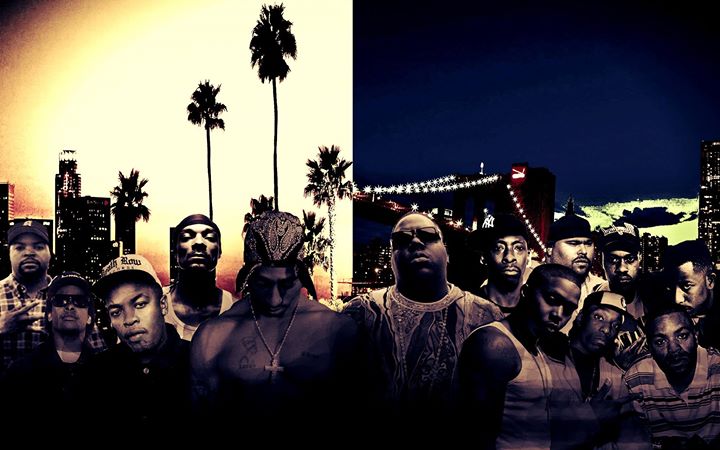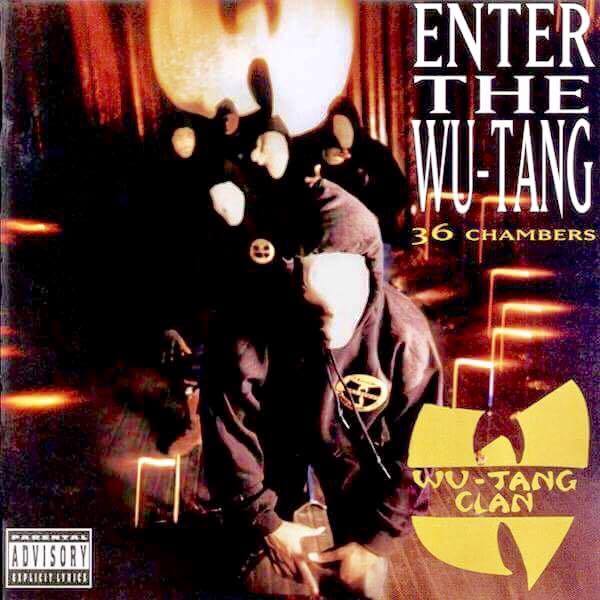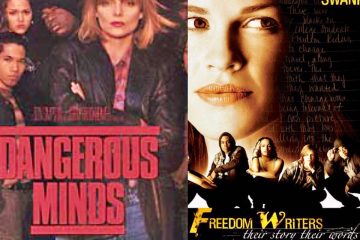A Brief History of East vs West Coast Rap.
The Intercoastal Hip-Hop Championship Belt
Last week March 9th, marked the 20th anniversary of the death of Notorious B.I.G. In his few short years of superstardom, Biggie left a crater-sized impact on the music industry and a cloudy legacy behind him. Aside from his music, and the roughly 400% too many murals of his likeness strewn across Brooklyn, Biggie is remembered most for being a key player in one of the most interesting narratives in pop-culture history: The West V.S. East Coast Rap Rivalry.

We miss you Biggie – Read about the famous photo shoot by Barron Clairborne
While the beef is non-existent now, California and New York remain the greatest influences to hip-hop’s past, present, and future. Drawing comparisons between the two is inevitable, and that’s what brings us to The Intercoastal Hip-Hop Championship Belt.
The Intercoastal Hip-Hop Championship Belt is the title that designates which coast holds more power in the rap game at any given time. It’s less about who sells more records or has more artists producing work, and more about who is having a bigger impact on the rap industry as a whole in any given year. Below is a brief history of who held the belt from 1980 to present day.
80-91 – New York
New York holds the belt for more than a decade before anyone can even contend for it. It is, after all, the birthplace of rap music as we know it, which also means that it’s sort of the birthplace of “cool” as we know it, which, as a Californian, is an obnoxious thing to say, regardless of how true it might be. No matter who holds the belt, from now until Infinity, New York will always have the “yeah, but who taught you how to do that?” line in their pocket. These 11 years see the rise of Run-DMC, Eric B. & Rakim, LL Cool J, Afrika Bambaataa, Slick Rick and basically every other founding father of rap music. New York is decidedly unfuckwithable in this stretch of time, even as Ice-T and N.W.A. start to make some noise out west as the 90’s approach.
92 – California
New York has a down year at the same time that The Chronic comes out which is like the time I decided it was fine to wear shorts and flip-flops to my job as a public school teacher one day and the superintendent showed up. New York is the pasty lower half of my body in this example, which is just about the worst thing anything can ever be. The Chronic not only shoots two west coast goliaths out of a cannon and straight into stardom in Snoop and Dre, it births the G-Funk sound and establishes Death Row records, which becomes a substantial element of the pinnacle years of the East/West rivalry.
93-94 – New York
If you’ve ever watched professional wrestling, which seems likely since you are reading an article about an imaginary and meaningless championship belt with a silly name, you know that one of the most satisfying things that happens in wrestling is when some bozo thinks he won a fight, and then all of a sudden the lights go out and you hear the opening bell of Undertaker’s music. Then the camera cuts back to the aforementioned bozo and now it looks like someone removed his skeleton from his body and he is on the verge of having a nervous breakdown. California after The Chronic was standing in the middle of the ring holding the belt and screaming at the crowd and then New York sent Wu-Tang, Biggie, and Nas into the ring all at once and took that belt right the fuck back.
95-96 – California
These are the peak years of the East/West rivalry. We see three albums from Tupac Shakur (one of which is posthumous) and another Snoop album. Suge Knight goes on stage at the Source Awards and, in so many words, tells Diddy to eat his shit.
It’s a goddamn slugfest.
The rivalry is so strong and California is so powerful that my dad, a white guy from Las Vegas with a Sons of Anarchy goatee, starts throwing up the W and shouting “West Side!” anytime he does anything at all. New York has the advantage over California in terms of number of artists, but California’s punches are landing cleaner. In 96’ Tupac releases a diss track that all but directly calls out Biggie by name, and less than six months later Tupac is shot and killed in Las Vegas. About six months after that, Biggie is shot and killed in California.
This is a huge bummer and I’m super glad rappers realized it was more profitable and fun to be alive and friends, mostly.
97-98 – New York
With the death of both coasts’ monoliths, the rivalry dissipates quickly and New York re-tightens their grip on the rap game with a slew of hits. Wu-Tang Forever, Life After Death, Hello Nasty and Diddy’s debut album, No Way Out all release in this two-year span. New York rap climbs to the top of the Empire State Building, faces westward, and flips off all of California while clinking champagne flutes.
99 – California
Dr Dre. stays undefeated by releasing 2001, an album that reminded everyone that Dr. Dre does whatever the fuck he wants, and also semi-introduces the world to Eminem, who then becomes incredibly important for rap music and signals the power shift from the coasts altogether.

Kanye’s debut album – A refreshing change of pace for the decade
00-11 – New York (The Dark Ages)
For basically ten years straight, rap music spreads all over the country and neither coast actually holds significant power. The southern rap scene is crushing it like never before and Kanye swallows the earth whole, but The Intercoastal Hip-Hop Championship Belt isn’t about what city is doing it best, it’s about which coast is is doing it better. Jay-Z pops up every few years to chuckle his way through a mega-hit and 50 Cent complicates thing by working with Dr. Dre so closely but repping New York so hard. E-40 and Too Short and Mac Dre make hyphy a thing for two beautiful years in the Bay Area, but that doesn’t hold much clout outside of Northern California. New York holds the belt for a decade, and no one gives too many shits about it.
12- Present – California
New York continues to spin in place (with all due respect to Action Bronson) while California experiences a renaissance. What’s important about this time is that California begins to thrive with significantly less assistance from Dr. Dre, whom they so frequently leaned on for relevance in the past; YG tells us as much on an album that so crisply captures the California hip-hop sound without sounding stale. Berkeley native Lil B is putting actual curses on professional athletes, which is unrelated to his music but seems important to mention in a discussion about “power” since he seems to be channeling actual sorcery. Most importantly, though, Kendrick Lamar is grinding all of rap into dust to make his bread. He is a goddamn unstoppable fireball. He doesn’t just want to fight the other coast, he wants to fight fucking everybody. Kendrick Lamar has put the whole state on his back and stepped all over New York’s head in an unprecedented run of success for the west side.
















